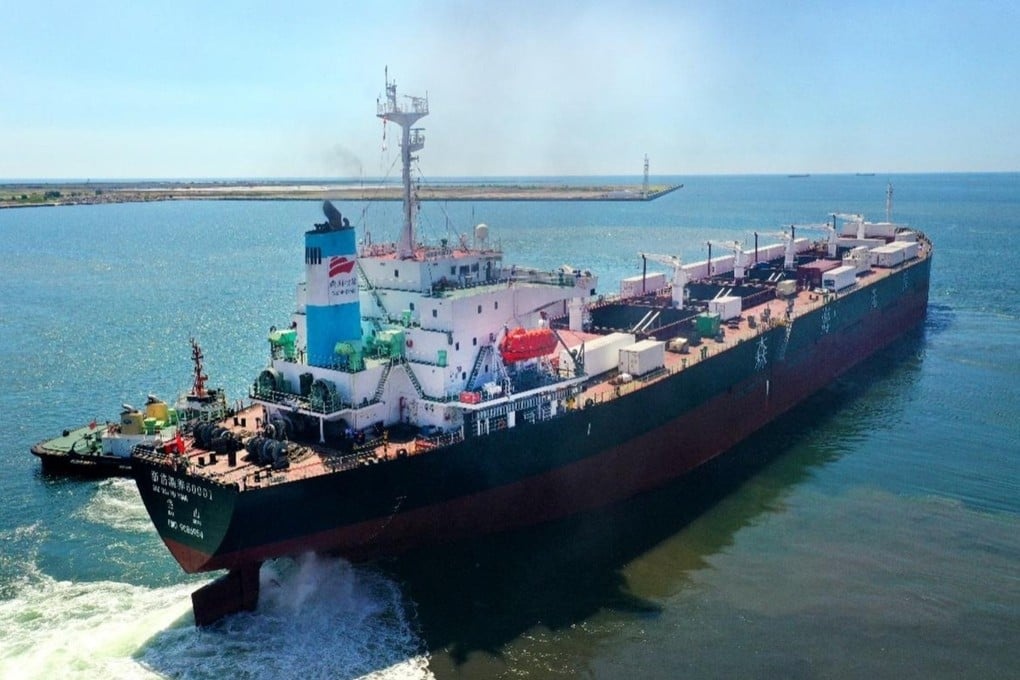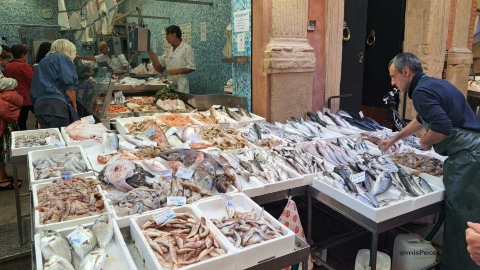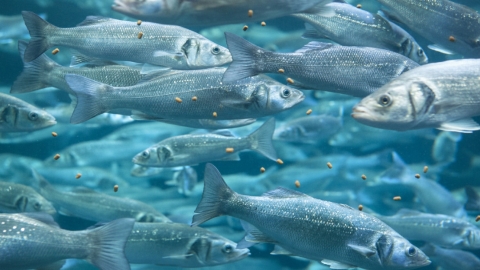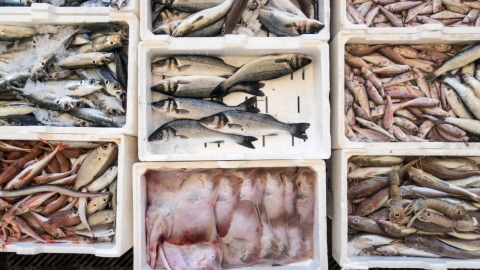
China has taken a major step in reimagining its aquaculture strategy by converting a massive cargo ship into a floating fish farm, as part of a broader effort to strengthen national food security and reduce pressure on wild fish stocks.
The vessel, named Zhe Dai Yu Yang 60001, was formerly a bulk carrier with a deadweight capacity of 80,000 tonnes. At 225 metres long and 32.2 metres wide, it has now been transformed into a high-capacity mobile aquaculture platform capable of producing up to 2,800 tonnes of fish annually.
The project was carried out by a subsidiary of the state-owned China State Shipbuilding Corporation, a key player in the country’s maritime innovation efforts. “It is an innovative practice”, company said, “to empower marine development with technology and strengthen the ‘marine bread basket’.”
The conversion process took approximately three months. The ship’s cargo holds have been repurposed into seven breeding chambers, with a total capacity of 80,000 cubic metres of seawater. Opening at the sides and bottom of the hull allow continuous seawater exchange with the surrounding ocean, creating a dynamic marine farming system.
Owned by Senhai Muge Zhejiang Marine Technology the Zhe Dai Yu Yang 60001 is the company’s first aquaculture vessel retrofitted from an ageing bulk carrier. “This is our first vessel, and we plan to have another four within the next three years,” the company stated. “It will start operations next month.”
The vessel is designed to operate year-around by relocating between northern and southern waters depending on the season, optimizing environmental conditions for fish farming.
The initiative forms part of China’s long-term strategy to develop what it calls a “marine bread basket”-a concept aimed at improving food self-sufficiency in the face of climate change and shifting global geopolitical dynamics. Beijing has been encouraging innovative approaches to marine farming, with this company leading the exploration of vessel convertion since 2017.
The company estimates there are at least 1,500 suitable ageing vessels-both within China and internationally-that could potentially be repurposed. The market for ship-based aquaculture is projected to reach 100 billion yuan (approximately 14 billion US dollars), according to company forescast.
In support of these development, China’s Ministry of Agriculture and Rural Affairs and the Ministry of Natural Resources jointly issued guidelines last year to promote marine aquaculture while protecting the ocean environment.
Government data indicates positive momentum in the sector. In the first quarter of 2025, China’s marine aquaculture production rose by 5.7% year-on-year, with overall aquatic product output increasing by 4.5%.
“The role of marine aquaculture in ensuring stable production and supply continues to become more evident,” the Ministry of Natural Resources noted.



